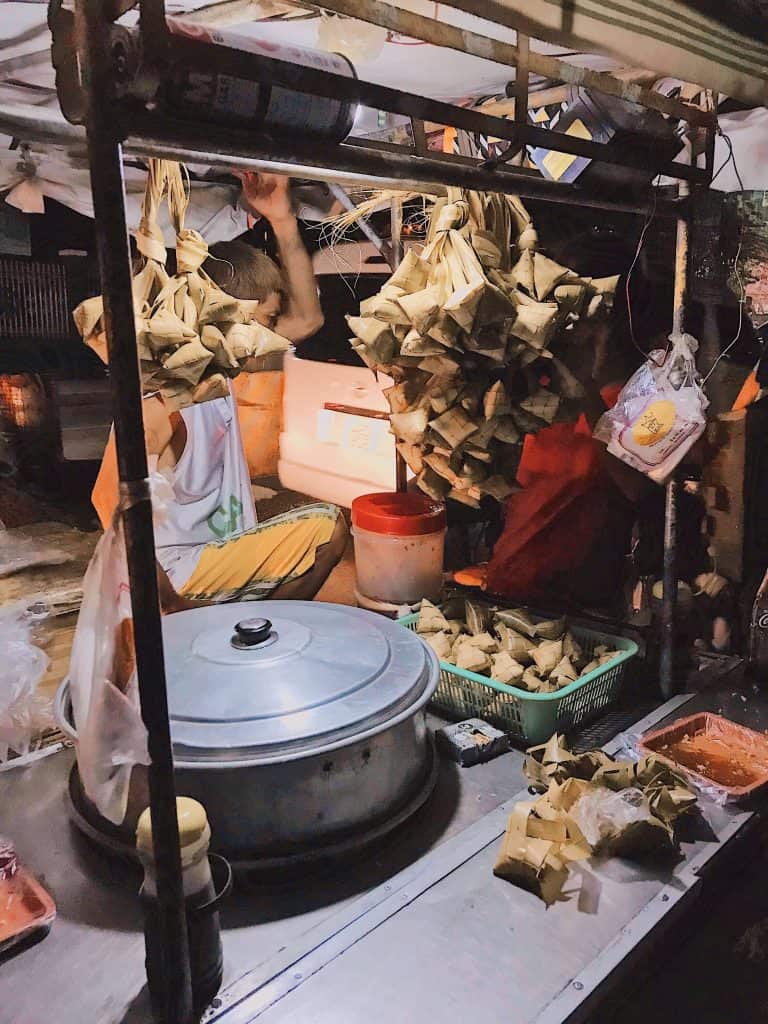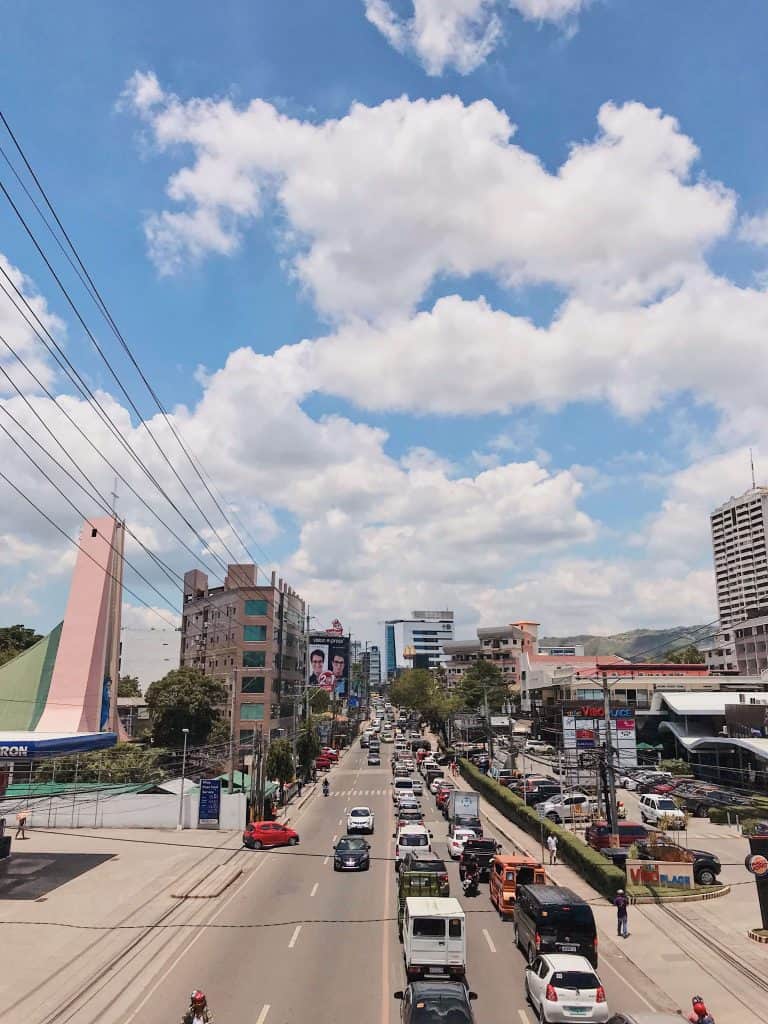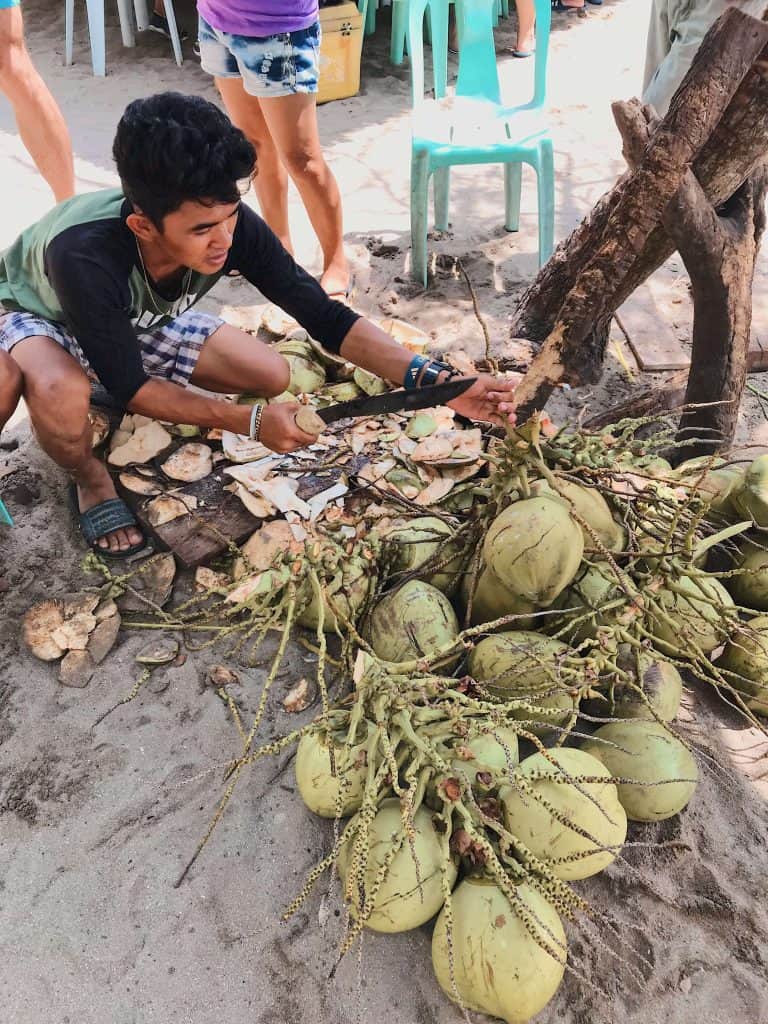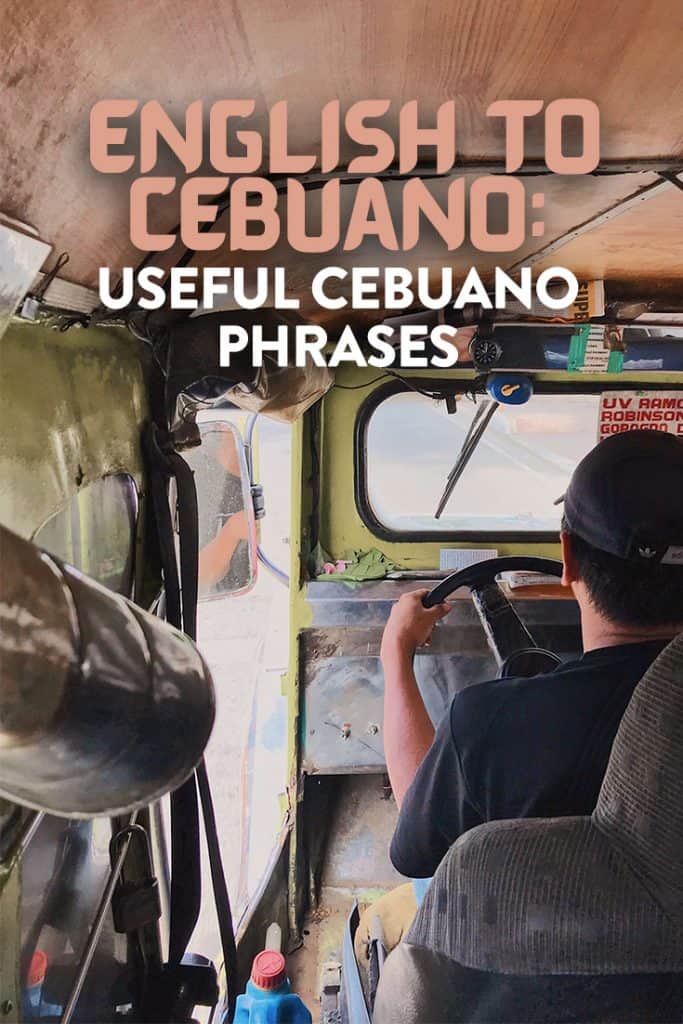As travellers, we know how much locals appreciate tourists attempting to speak their language. It’s an endearing way to appreciate the country’s culture through smiles from the locals. While it is a known fact that almost everyone in the Philippines speaks English, the country has Filipino (casually referred to as Tagalog, but they’re not meant to be confused from one another) as its national language. However, the Philippines has over 185 dialects spoken in the different regions and provinces the country. With its geographical setup and rich culture, you will expect to hear different tones and phonetics as you travel around. Try to notice how locals talk as you go along – it varies. Although you will be able to converse with Cebuanos in English, we’ve translated some of the most useful phrases from English to Cebuano for you to use soon as you land in Cebu. Remember that this is only applicable in Cebu. As soon as you step foot on Siargao Island, Boracay, or Nacpan Beach, it’s a different dialect altogether. Read along (or bookmark for later!) so you’re ready for your visit!

English to Cebuano:
A Few Tips
The official language of the Philippines is Filipino. However, there are over 185 dialects in the country and each province / region will be speaking something different. Regardless of dialect however, reading anything that’s written in Filipino (or any dialect) is straightforward – read just as how it is spelt, with every syllable pronounced. For example, a greeting that is on the wall saying, “maayong adlaw,” meaning “good day,” is read as ma-a-yong ad-lao. The country was once colonised by Spain, too, so do not be surprised if you come across some words that sound like Spanish. An interesting thing to note is that “hi” and “hello” don’t exactly have a translation in Cebuano and Filipino. Instead, locals ask you how you are, or otherwise just greet you based on the time of day. A more formal welcome greeting would be, “Mabuhay!” which indirectly translates to “long live!”

English to Cebuano:
The Basics
| Good day | Maayong adlaw (the last syllable in adlaw is read as if you want to say “loud”) |
| Good morning | Maayong buntag (long ‘u’ as in the word “put”) |
| Good noon | Maayong udto (long ‘u’ as in the word “put”) |
| Good evening | Maayong gabii (short ‘a,’ all syllables are pronounced in gabii with the last syllable read as the letter ‘e’ – gabi-e) |
| How are you? | Kumusta ka? (same as in Filipino / Tagalog; see the Spanish resemblance?) |
| I’m fine | Maayo ra ko |
| Goodbye | Paalam |
| Yes | Oo (say two O’s) |
| No | Dili |
| Thank you | Salamat |
| Thank you very much | Daghang salamat |
|
Please |
Palihug (‘u’ is long, like an O) |
|
Sorry / Excuse me |
Pasayloa ko |
|
I don’t understand |
Wa ko kasabot |
|
I don’t know |
Ambot / ambot lang |
|
Do you speak English? |
Kahibaw ka mu English? |
| Bathroom |
Banyo |
|
How much is this? |
Tagpila ni? |
|
Expensive |
Mahal |
|
What’s your name? |
Unsa ang imong ngalan? |
|
My name is _____ |
Akong ngalan ay _____ |
|
What time is it? |
Unsa na orasa karon? |

English to Cebuano:
Restaurant Phrases
| Restaurant | Kan-anan |
| Delicious | Lami |
| Spicy | Halang / hang |
| I am hungry | Gigutom na ko |
| I am a vegetarian | Di ko puwede mukaon ug karne (literally, I’m not able to eat meat) |
| One water, please | Usa ka tubig, palihug |
| One beer, please |
Usa ka beer, palihug |
|
The check, please |
Akong bill, palihug |
English to Cebuano:
Giving Directions
| Where is…? | .Asa ang ___ ? |
| I want to go to… | Ganahan ko moadto sa .. |
| Go straight | Diretso ra |
| Turn left | Adto sa wala |
| Turn right | Adto sa tuo |
| Stop here, please | Lugar lang / hunong na dinhi |
| I’m lost | Nawala ko |

English to Cebuano:
Dating/Romantic Phrases
| I am single | Wala koy uyab (literally, I don’t have a boyfriend / girlfriend) |
| I have a boyfriend/girlfriend | Naa koy uyab |
| I’m married | Minyo na ko |
| What’s your number? | Unsa imong number? |
| You are beautiful | Gwapa ka |
| You are very beautiful | Gwapa kaayo ka |
| I love you | Gihigugma tika |
| I miss you | Gimingaw ko nimo |
| Term of endearment | Hinigugma (directly translates to “beloved”) |
Want a few more Cebuano tips?
Then watch this video!
More information about English to Cebuano and Useful Cebuano Phrases
Did this article get you excited to learn Cebuano? If you’re heading to Cebu soon or already here, check out these articles and you’ll be speaking like a local in no time!
- Useful Cebuano Phrases by Omniglot
- Useful Bisaya (Cebuano) Phrases You Should Know Before Visiting Visayas And Mindanao by Looloo, Inc.
- Basic Cebuano Phrases to Learn from Tagalog Lang
- Helpful Cebuano Phrases and Words for Tourists from Philippines Insider



